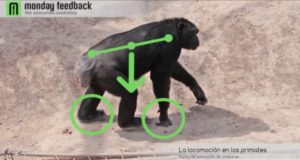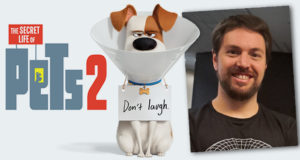One of the challenges that animators frequently set to themselves in their animation tests, is achieving the purest cartoony style animation. It’s an interesting challenge, but before going about it we must analyze its techniques, why they work and when to apply them. Cartoony animation isn’t a character moving around like crazy. Smear-frames , and multiples are tempting and shouldn’t distract us from our one and only objective as an animator: tell the story.
THE ORIGIN OF CARTOONY ANIMATION
Cartoony animation comes from the following concept: tell the story with the cheapest amount of images possible. Like any other animation style, the initial outline is based on looking for the key poses that tell the story, but exaggerated to the maximum. Transitions happen quickly, not because it’s more effective, but because we can then dedicate more time to the key poses, which are the ones that narrate the shot’s content. In short: few, very powerful poses with very fast transitions. One of the first people ever to use this animation style was Chuck Jones in the short ‘The Dover Boys’ 1942. A parody of the popular children’s book ‘The Rover Boys’. Back in the day it was heavily criticized by his colleagues as a style for the lazy, due to the careful spending of inbetween drawings. It’s worth watching and scrutinizing this masterpiece of the origins of cartoon.
SMEAR-FRAMES
It’s an animation technique applied to quick movements, where between the initial pose and the last pose there’s only one or few blurred frames similar to a photograph taken at low shutter speed.
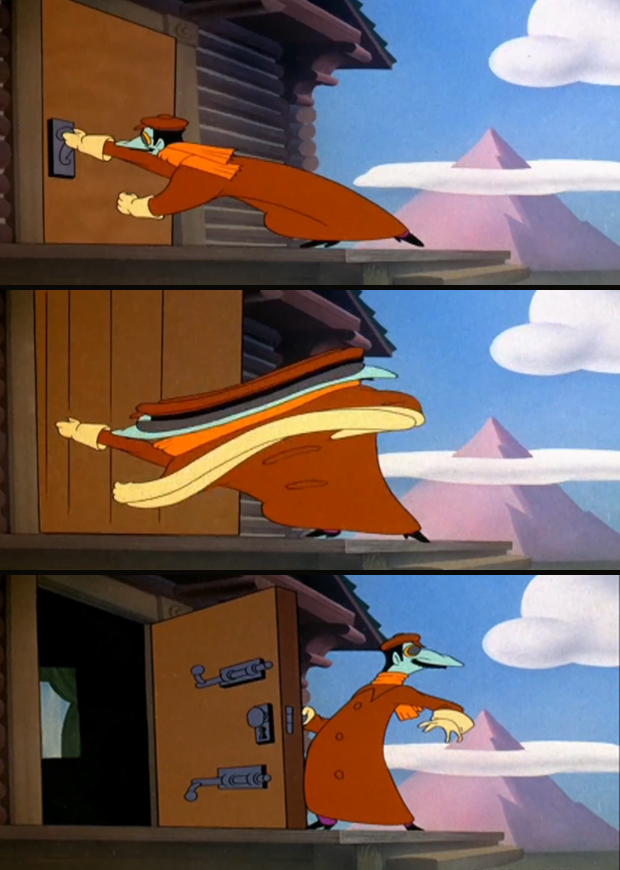
The cientific basis is the phenomenon of persistence of vision, which allows us to see reality in motion and not as a sequence of static images. Smear-frame images hit the retina and the brain blends them into a single, continuous, moving image.
PHYSICAL ACTIONS
If we’re using smear-frames in a physical action, the most important thing is to favor key poses and breakdowns that describe the movement, so that they are the ones that stand out. The more blurred images will be the less important or meaningful to understand the movement.

CHANGES OF EXPRESSSION
his type of technique is also used to show exaggerated changes of expression. The intent is that the spectator perceives key expressions for as long as possible, since the transitions between them don’t contribute anything to the story.
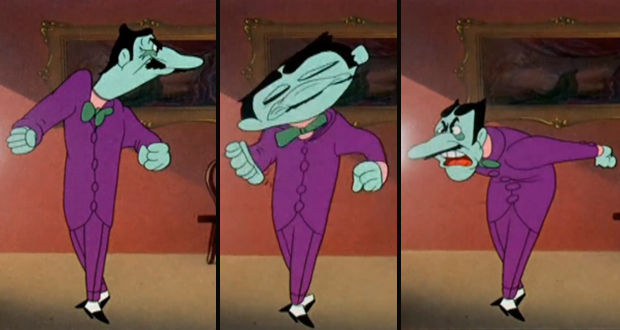
CREATIVITY
It must be taken into account that in fast 1 to 3 frame movements, the spectator only has a glimpse of the motion and it’s in these frames where we have more freedom and can be more creative.
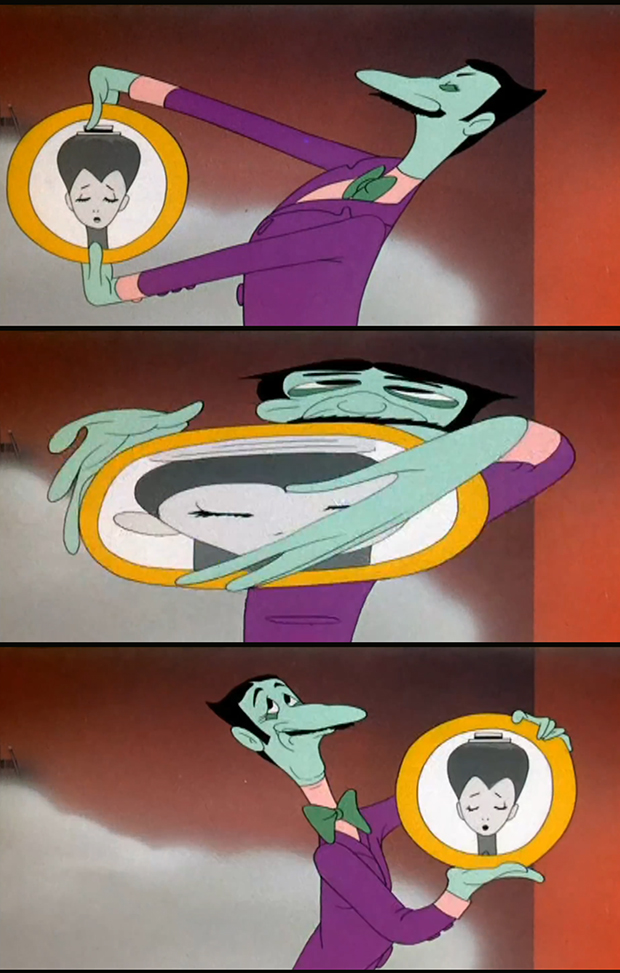
Well, I hope this advice will help you go about your next cartoon animation and remember…
The best animation is the one that goes unnoticed to the spectator. Techniques are simple tools. Transmitting the idea should always be our main and sole purpose as an animator. .
 MAXI DIAZ Animation blog
MAXI DIAZ Animation blog



